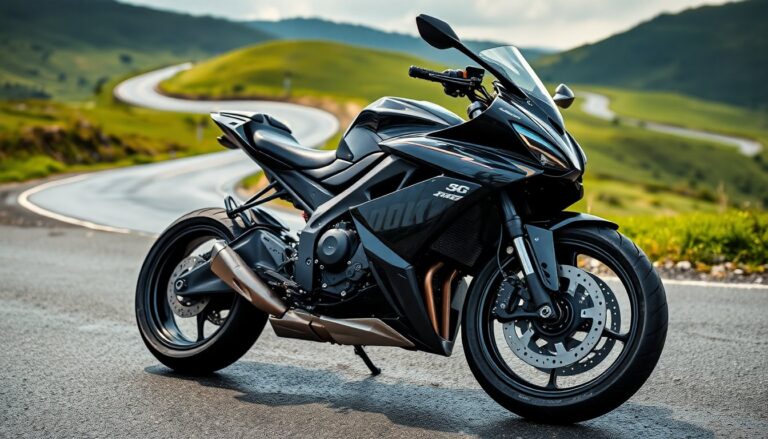Argomenti trattati
For motorcycle enthusiasts, few experiences rival the thrill of riding a superbike. These high-performance machines are engineered for speed, agility, and cutting-edge technology, representing the pinnacle of motorcycle design. From the roar of the engine to the aerodynamic contours, superbikes encapsulate the essence of what it means to ride. This article delves into the captivating world of superbikes, examining their features and what distinguishes them from standard motorcycles.
The evolution of superbikes
The superbike category has undergone significant evolution since the 1970s. Originally built for racing, manufacturers have adapted these motorcycles for everyday use while preserving their racing heritage. The introduction of four-cylinder engines in the 1980s marked a pivotal moment, enabling models like the Honda CBR900RR to push the boundaries of speed and performance.
Key milestones in superbike history
Several models have emerged as icons in the superbike community. The Ducati 916, released in 1994, is often credited with redefining design and performance standards. Its combination of a powerful V-twin engine and stunning aesthetics solidified its legendary status. Similarly, the Yamaha YZF-R1, introduced in 1998, elevated technology and performance, offering exceptional handling and acceleration.
Features that make superbikes stand out
What truly sets superbikes apart from standard motorcycles is their advanced features. These machines are equipped with state-of-the-art technology designed to enhance performance, safety, and rider experience. One significant advancement is the incorporation of ride-by-wire systems, which facilitate precise throttle control and smoother acceleration.
Performance and handling
Superbikes are renowned for their unmatched performance. With engine displacements often exceeding 1000cc, they can achieve speeds surpassing 200 mph. The weight-to-power ratio is crucial in superbikes, prompting manufacturers to focus on weight reduction while maximizing power output. Features like aluminum frames and carbon fiber components contribute to a more responsive riding experience, enabling riders to navigate curves with agility.
The future of superbikes
As technology continues to advance, the future of superbikes appears promising. Hybrid engines and electric superbikes are gaining traction, offering environmentally friendly alternatives without sacrificing performance. Companies like Lightning Motorcycles are at the forefront, producing electric bikes that can rival traditional superbikes in speed and torque.
Furthermore, the integration of smart technology in superbikes enriches the riding experience. Features such as adaptive cruise control, ABS braking systems, and connected apps enable riders to monitor their performance, receive maintenance alerts, and share their rides with friends.
Superbikes represent the epitome of motorcycle engineering, combining speed, performance, and cutting-edge technology. The evolution of superbikes is set to continue, bringing forth innovations that enhance the riding experience. Whether one is a seasoned rider or a newcomer, the world of superbikes offers exhilarating possibilities for all.

